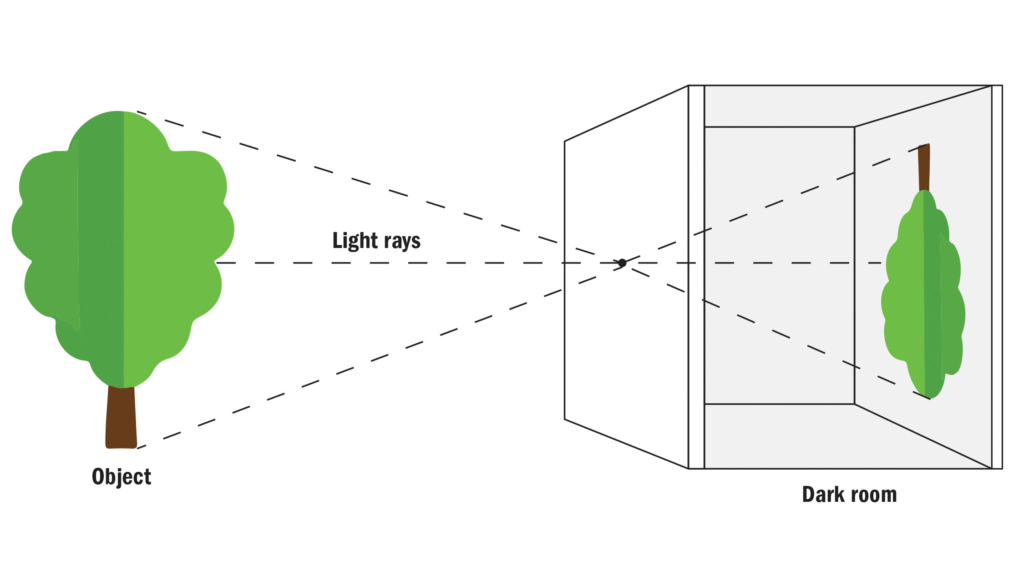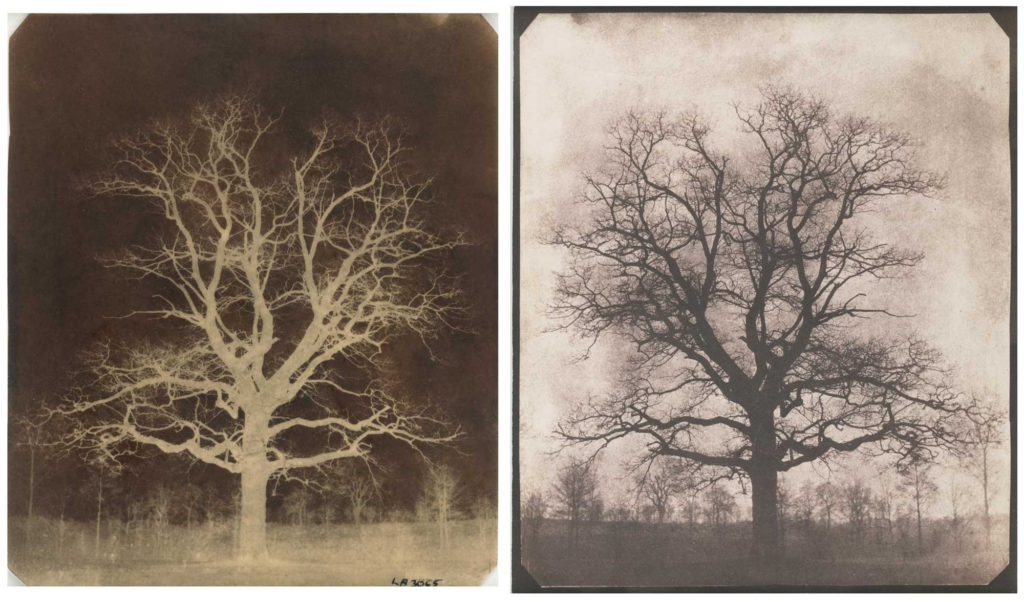- Camera Obscura & Pinhole photography
- Nicephore Niepce & Heliography
- Louis Daguerre & Daguerreotype
- Henry Fox Talbot & Calotype
- Robert Cornelius & self-portraiture
- Henry Mullins & Carte-de-Visit
Camera Obscura
The camera obscura (Latin for “dark room”) is an optical device that creates an image by focusing rays of light onto a screen or sheet of paper. As the name suggests, many historical camera obscura experiments were performed in dark rooms. The surroundings of the projected image have to be relatively dark for the image to be clear


Nicephore Niepce & Heliography
a photographic process that was invented by Nicéphore Niepce. Heliography was developed using two distinct methods. The first consisted of “fixing the views” in the camera obscura, while the other copied existing engraving methods to “reproduce them by printing using known methods of engraving.”

Louis Daguerre & Daguerreotype
Daguerre’s invention did not spring to life fully grown, although in 1839 it may have seemed that way. In fact, Daguerre had been searching since the mid-1820s for a means to capture the fleeting images he saw in his camera obscura, a draftsman’s aid consisting of a wood box with a lens at one end that threw an image onto a frosted sheet of glass at the other. In 1829, he had formed a partnership with Nicéphore Niépce, who had been working on the same problem, how to make a permanent image using light and chemistry, and who had achieved primitive but real results as early as 1826. By the time Niépce died in 1833, the partners had yet to come up with a practical, reliable process.

Henry Fox Talbot & Calotype
Early photographic technique invented by William Henry Fox Talbot of Great Britain in the 1830s. In this technique, a sheet of paper coated with silver chloride was exposed to light in a camera obscura; those areas hit by light became dark in tone, yielding a negative image.

Robert Cornelius & self-portraiture
In February 2014 a daguerreotype self-portrait taken by the American photography pioneer Robert Cornelius of Philadelphia was considered the first American photographic portrait of a human ever produced, and since this was a self-portrait, it was also possibly the first “selfie.”

Henry Mullins & Carte-de-Visit
Henry Mullins started working at 230 Regent Street in London in the 1840s and moved to Jersey in July 1848. He was popular with officers of the Royal Militia Island of Jersey, for whom it was very popular to have portraits taken, as well as of their wives and children, for the more senior and more affluent officers. The pictures of these officers show clearly the fashion for long hair, whiskers and beards in the mid-1800s.

